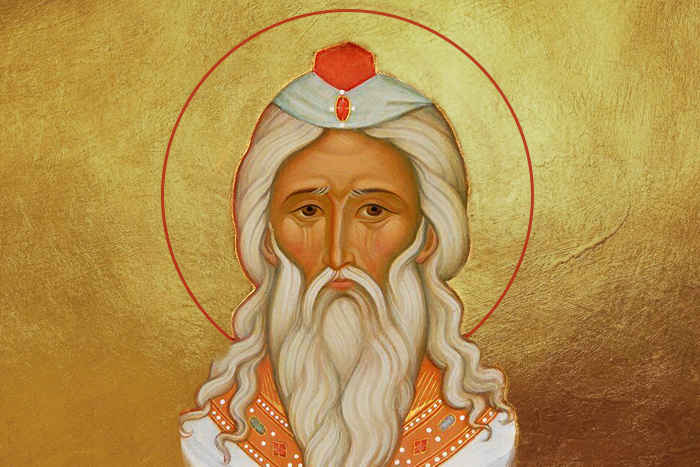
We often take something we cannot explain for a miracle. We seem to think that it would be great if our faith could move mountains. When I started thinking about miracles, I came to a conclusion that while a person is in this world, he or she develops freely and his or her life follows the laws of nature. A miracle is something that happens contrary to the laws of nature. There is a chant that has the following words, Where God wills, the order of nature is overruled.
The Holy Scripture does not contain any information on the parents of the Most Holy Theotokos. It could have been deemed not worth mentioning for people of that time. People had the impression that the end times were coming, so they ignored mundane details like those. Possibly, that’s why canonical texts of the Bible don’t describe the appearance of Christ and don’t specify the color of his eyes and hair. There were other, more important, things to deal with.
Later authors and readers were eager to add some real-life details to the Gospel. That was why various apocrypha were born. They included some stories about the Lord’s and the Virgin Mary’s childhood years, and about her parents. As centuries went by, the stories became more and more detailed and embellished.

Those stories are true but not in the strict historical sense. They contain symbolic truth, and we should figure out their moral and dogmatic meaning first of all.
The earliest literary source that dwells on the life of St. Joachim and St. Anne – the parents of the Most Holy Mother of God – was the Gospel of James. It dates back to the 2nd century AD.
The holy righteous Anne descended from the messianic Tribe of Levi (patrilineally) and the Tribe of Judah (matrilineally). She was Matthan’s daughter and Righteous Joachim’s spouse. Saint Joachim was a descendant of King David who had been promised that his seed would bring forth the Savior of the world.
Joachim and Anne remained childless for many years, which was considered shameful at those times.
The righteous Joachim receded into the wilderness after his gifts to God, which he had brought to the Jerusalem Temple for a big Jewish holiday, were rejected by a scribe whose name was Reuben upon the pretext of St. Joachim’s alleged sinfulness, reflected in his being childless. He fasted and prayed for forty days and night. The righteous Anne was praying to God at the same time, begging with him to give them a child. Suddenly, an Angel of the Lord appeared to her and said, “Fear not, Anne, for thy offspring is foreordained by God and thy child will be honored throughout all centuries until the end of the world.”

The Angel of the Lord appeared to Saint Joachim on the same day and greeted him with the following words, “Your wife shall conceive a Daughter who shall stay in God’s Temple. God’s Spirit shall abide on her, and her blessing shall be upon all holy women… She shall be blessed and become the Mother of Eternal Grace.” Nine months thereafter, the Righteous Anne gave birth to a daughter who was named Mary.
According to the traditional account, Saint Joachim died several years after the Mother of God entered the Temple, whilst Saint Anne died two years after him. They were buried not far from Jerusalem.
The story about the infertility of the elderly couple, which they perceived as a sign of God’s wrath and which caused them a great deal of pain, as well as the story of them praying to God and having the miracle of childbirth happen to them has parallels in several stories from the Old Testament (cf. Abraham and Sarah, Isaac and Rebecca). As had been the case with the latter, this time it was intended as a test of the couple’s faith – in particular, of Saint Anne’s faith. Meanwhile, the future parents of the Most Holy Mother of God kept believing, hoping, being patient, and praying – until finally, the miracle happened! This combination of topics such as trouble, hope, patience, prayer, and miracle teaches us the following moral lesson: “He who believes shall not be put to shame.”



